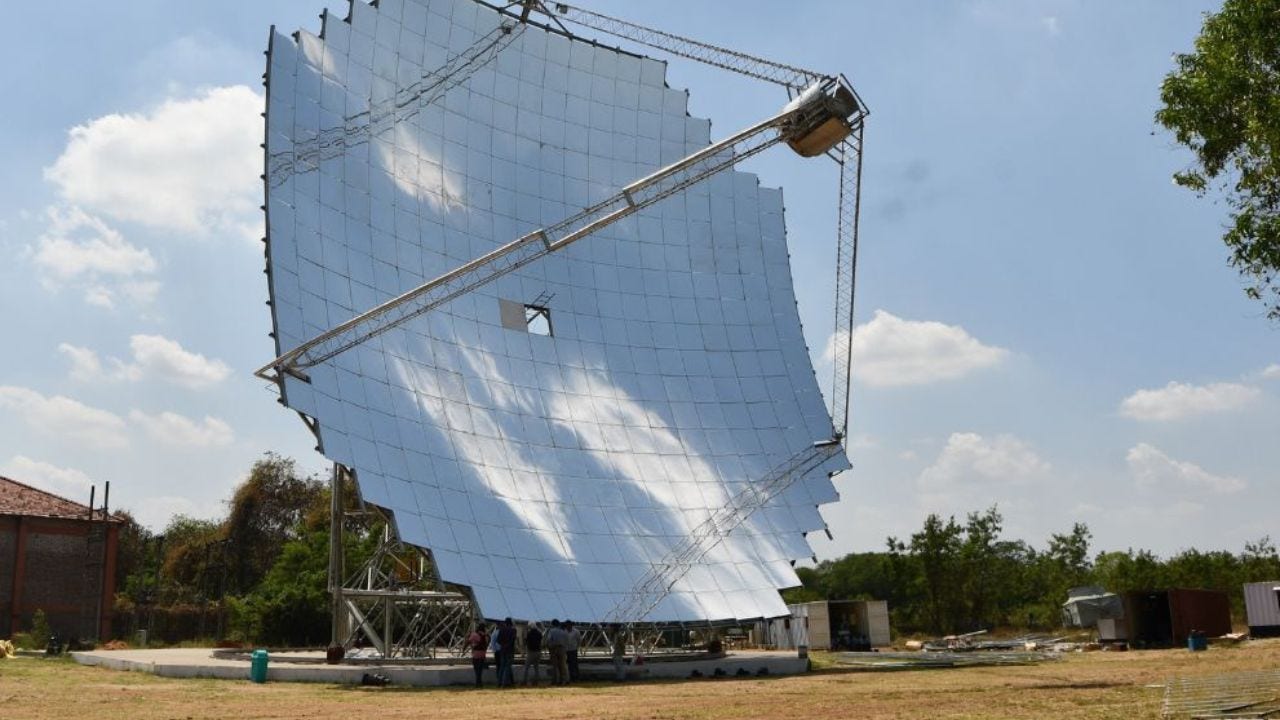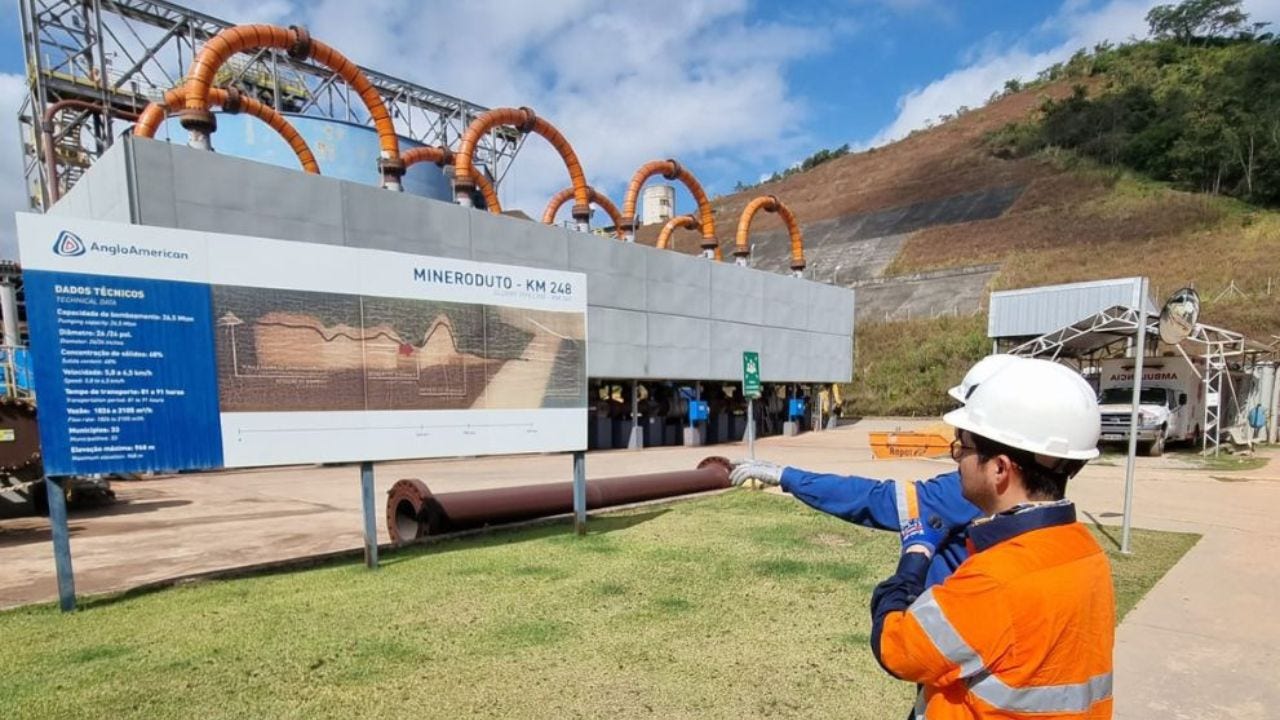Australia’s Hazer Group pioneers novel clean hydrogen process
Hazer Group was set up in 2010 to commercialise a novel method for producing low-emission hydrogen from methane. The process creates graphite as a co-product, which is a solid form of carbon rather than waste CO2.
The Perth-based company’s Commercial Demonstration Plant (CDP) is now operational and in the final stages of testing. The plant expects to produce hydrogen in the second half of 2023 with a capacity of 100 tonnes of hydrogen per annum and approximately 380 tonnes per annum of graphite.
Hazer Group is a showcase for Australia’s hydrogen industry. Since 2017, Australia’s public and private sectors have invested more than A$570 million in hydrogen research and development, and demonstration projects.
‘The particularly exciting aspect of Hazer’s technology is that customers can produce hydrogen on-site where they need it,’ says CEO and Managing Director, Glenn Corrie.
New hydrogen ideas pioneered in Western Australia
Australia is an innovator in the global hydrogen economy. The value of hydrogen projects announced so far increased from A$230 in 2021 to $300 billion in 2022, according to a recent Australian Government report (State of Hydrogen, PDF 12KB).
This investment pipeline represents close to 40% of all global clean hydrogen project announcements. It underscores Australia’s potential to be a global leader in the hydrogen economy.
Meanwhile, multiple Australian companies are investigating opportunities to build secure hydrogen supply chains, according to the latest report by Hydrogen Technology Cluster Australia, 'Powering Up, Seizing Australia’s Hydrogen Opportunity by 2040'.
Methane to hydrogen (with solid-state carbon)
Like much of Australia’s burgeoning hydrogen industry, Hazer’s technology is developed from local research. In this case it involved research conducted at the University of Western Australia.
The low-emission Hazer Process® ‘cracks’ methane into hydrogen and solid graphitic carbon, using iron ore as an inexpensive process catalyst.
‘The use of iron ore as a process catalyst significantly reduces the reaction temperature for the chemical reaction to occur,’ says Corrie. ‘This also forms the core of Hazer’s intellectual property.’

Adaptable technology helps overcome supply chain issues
According to Corrie, another advantage of the Hazer Process is that it can be inserted into existing LNG supply chains and infrastructure.
‘That’s really key,’ he says. ‘You can produce hydrogen where the demand is. It is effectively a plug-in technology to add to an existing carbon-intensive processing facility such as a refinery or steel plant.’
One benefit of the Hazer Process is that it can use methane produced from multiple sources. This includes biomethane from landfill or wastewater treatment plants. Hazer’s demonstration plant, for example, is built at the Woodman Point Wastewater Treatment Plant in Perth, Western Australia.
Interest from emissions-heavy industries
In 2019, Australia’s Renewable Energy Agency (ARENA) approved up to A$9.4 million towards funding the CDP. This was a strong endorsement of the technology’s potential. There is now considerable interest from industrial players across the world.
The process is particularly attractive to companies in industries where carbon emissions are hard to abate. These include the chemical industry, electricity generation, petroleum refining and steelmaking.
Hazer has projects under development with multiple overseas partners. These include ENGIE in France, Suncor and FortisBC Energy in Canada. Hazer recently announced a project with Chubu Electric and Chiyoda Corporation in Japan.
Ready-to-go hydrogen technology
Corrie says his company will be just one of many technologies that transform hydrogen into a flexible, industrial-scale fuel.
‘What Hazer offers is a smart way of producing hydrogen for industries that need to decarbonise,’ he says. ‘It can be implemented using existing supply chains and infrastructure – and it’s available today.’



